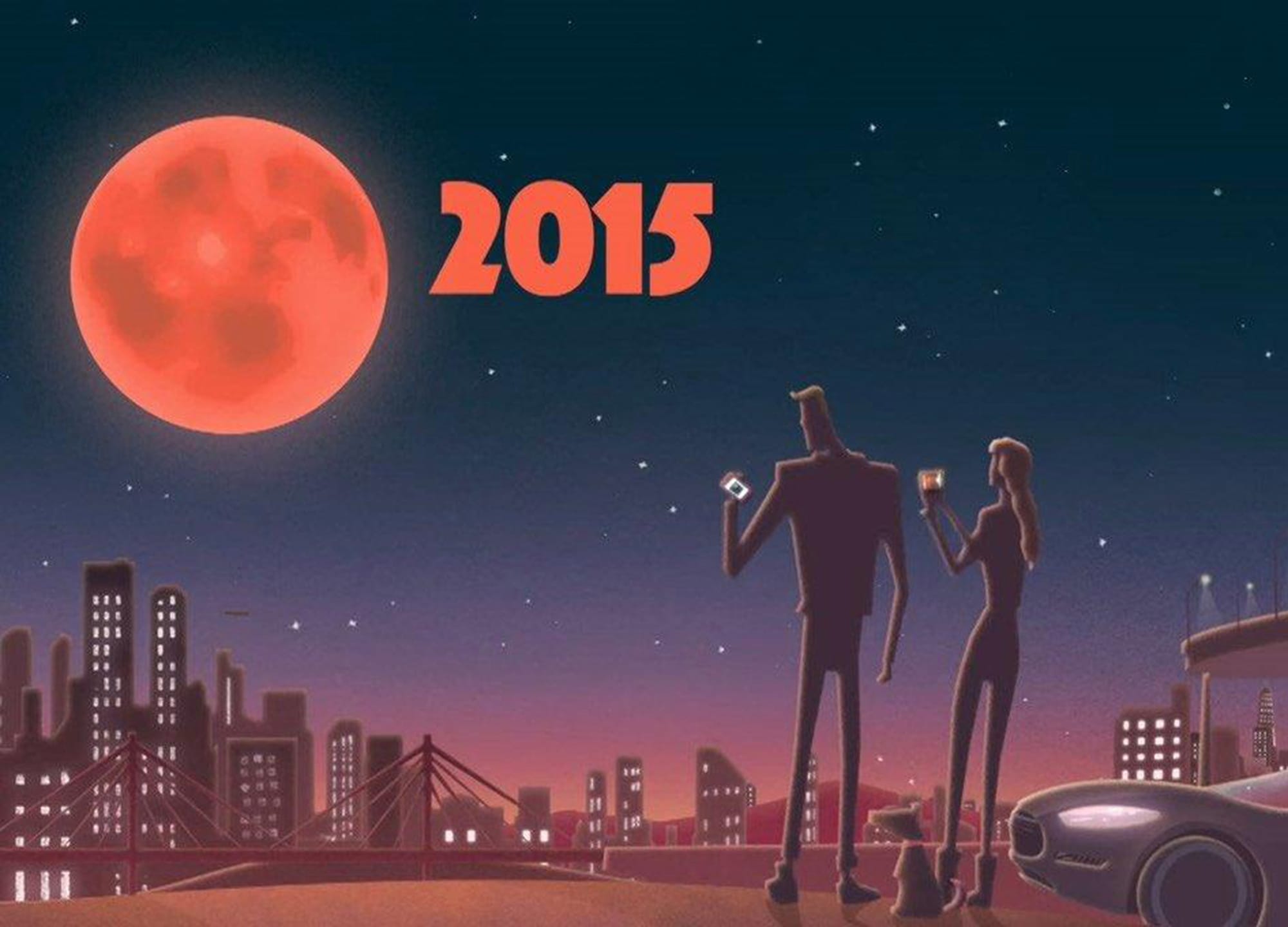Northwest sky gazers will get a show when the full moon rises Sunday. For the first time in 33 years, a supermoon combined with a lunar eclipse will rise in the early evening sky, making the moon glow red and appear slightly bigger.
In Southwest Washington, the moon will rise in the east at 6:55 p.m.
An unusual combination of planetary events will create the display in the autumn sky. (Wednesday is the first day of autumn, by the way.)
“The moon’s dusky red color will probably be what appears most unique about it to the naked eye,” Washington State University astronomer Michael Allen said. “The color should be impressive.”
Popularly known as a blood moon, the lunar surface appears to be red for two reasons.
If You Go
What: Oregon Museum of Science and Industry will host a free moon-watch event. Jim Todd, OMSI space science director, will discuss the lunar eclipse and the autumn night sky.
When: Starts at 6:30 p.m. Sunday, weather-permitting.
Where: OMSI, south parking lot, 1945 S.E. Water Ave., Portland.
“It’s low on the horizon. Particulate matter (in the atmosphere) always makes the moon reddish,” Allen said. And with the moon on the horizon, “we’re looking through more air.”
The total eclipse also plays a role in the hue. We will see most of the moon within the shadow of Earth as it rises. For 72 minutes, the only light hitting the moon will be a reddish glow from all of Earth’s sunrises and sunsets, Jim Todd, space science director at Oregon Museum of Science and Industry, said in a news release.
The totality of the eclipse begins at 7:11 p.m. in the Vancouver-Portland area, with the point of the greatest eclipse occurring at 7:47 p.m. The eclipse ends at 9:27 p.m.
The eclipse will occur during a supermoon, when the moon is closer to Earth — a distance of about 222,000 miles — than at any other time of year. This can make the orb appear 14 percent larger and 30 percent brighter than a typical moon, according to NASA.
“It will be the moon’s closest distance to our planet during its elliptical orbit — what scientists call a perigee moon,” said Allen. At this point, the moon is roughly 26,000 miles closer than it is during its farthest point, he said. The average distance to the moon is abut 250,000 miles.
This supermoon-eclipse combination last happened in 1982 and won’t happen again until 2033, Allen said.
Not only is it rare, Allen said, “it’s one of the prettiest events you can see.”
And, unlike many astronomical displays, people don’t have to set their alarms to wake up and see it, he said.



